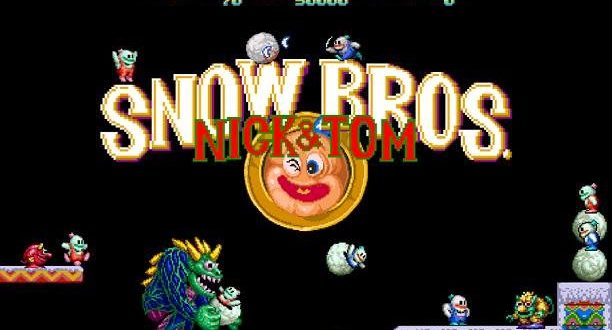
.jpg)

This physical, real-world space that guests can now visit had its basis in the 8-bit games of the early 1980s, where pixel limitations meant Miyamoto and the team at Nintendo sought recognizable but off-kilter images to denote a sense of scale and fantasy. It’s larger-than-life mushrooms rather than trees that dot the center of the area, but they glisten and have a rubbery, bouncy sheen that beckons us closer and invites us to touch.Īnd for all the architecture, technology, engineering and landscape design behind Super Nintendo World, it’s rooted in the mind of one person: master game designer Shigeru Miyamoto. We’re surrounded by brash digital colors, and yet Super Nintendo World feels made of this earth, as watercolor hills grace the entrance and sketch-like animations comprise some of the visuals.Īs weird as all this may seem to those unfamiliar with the Mushroom Kingdom, the namesake land of the “Super Mario Bros.” games, it’s all presented in luminous, cheery tones that signal a sense of comfort. Plants chomp, a thumping, angry-faced block hovers and slams over a cave, and familiar-but-odd critters wander above us while our eyes adjust to an appealing clash of wintry and desert environments. Laid out like an obstacle course, with creatures, characters, moving platforms and mushrooms beckoning us to explore, everywhere we look we’re greeted with an inviting but loud contrast. And the details show it.Īfter walking through an oversize green warp pipe - and hearing the three-pronged digital zaps familiar to generations of “Super Mario Bros.” players - we’re in a brightly colored fantasy world that immediately feels interactive.

A credit list into the hundreds - likely thousands - helped bring Universal Studios’ Super Nintendo World to life.


 0 kommentar(er)
0 kommentar(er)
